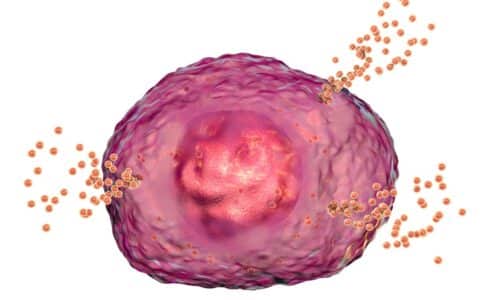Hernias: Diagnosis |
How can you know if you have a hernia? Dr. Juan-Carlos Verdeja, General Surgeon with West Kendall Baptist Hospital, says how he identifies these defects in the tissues of the abdominal wall, and explains what the peritoneal sac is.
Transcript
Let’s talk about what hernias are and where and why they occur all right so hernias are actually defects in the tissues of the abdominal wall and that’s sort of a hard concept to grasp because we sort of look at ourselves we go well how do I know this bump is a hernia or that bump is eternia and that’s where we again have to go to your doctor say hey this isn’t right we talked about the groin we’re talking about the area down below on either side just above your legs essentially and that’s where most hernia has become evident but there are a number of other types of hernias so okay can you see a patient and just by looking at them know that they have a hernia yes in general the diagnosis is a clinical one no man would examine somebody and you can almost always tell now there are other testing modalities such as ultrasounds we use if we are not certain or if we want to be sure that there’s not a hernia perhaps on the other side and that type of thing but by and large it is a clinical diagnosis okay I’m gonna I’m very fascinated by the next thing we’re gonna do which is you’ve brought a trash can and you’re gonna show us how the trash can is basically your abdomen and how we can identify these hernias this is a first here on the Health Channel or using a trash can I’ll tell you we have to look for in white a brand that’s clean trash can so we have a trash can here I use this prop because it’s probably as I said it’s a tough concept to get but if you think of your belly like a trash can so your abdomen is holds everything so your trash can this is what gives a shape it could be plastic it could be metal it could be any round or square whatever but the shape is held by the outside structure okay on the inside it has this liner this liner is just a plastic sack that fits in this trash can or a different size trash can or around one or any other shape your abdomen is very similar you have a series of muscles that line the abdomen and they create the shape of your belly whether you’re big or smaller or shaped funny or however it is inside you have something called the peritoneal sac the peritoneal sac is in fact a bag that has all your intestines just like the trash can has the trash inside the liner now imagine that I took and punched a hole right here if I punch the hole right here and stepped inside this trash can this sack would bulge right through that hole and that would be what we call the hernia so the hernia is actually the hole it’s not what you see people often say I have this hernia because I’ve got this bulge right bulges the symptom of the problem the bulges not no hole is a hernia the hole is there you








